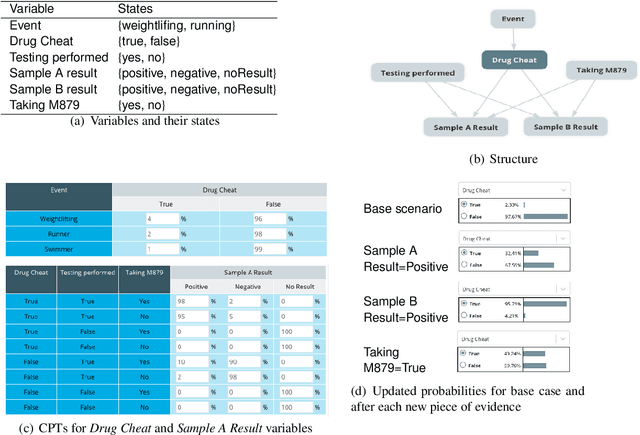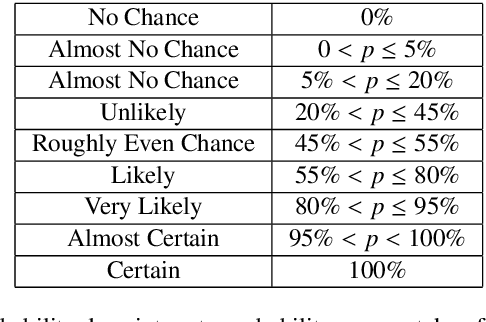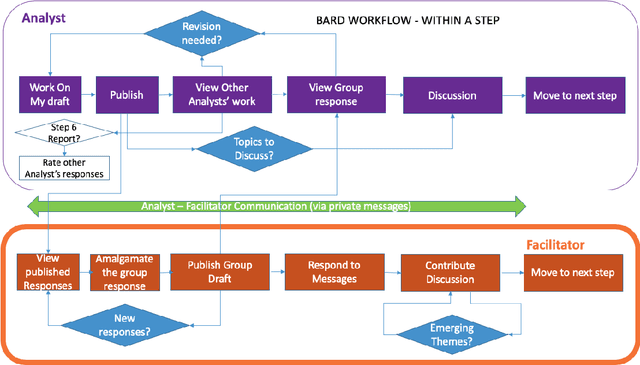Steven Mascaro
Causal knowledge engineering: A case study from COVID-19
Mar 21, 2024Abstract:COVID-19 appeared abruptly in early 2020, requiring a rapid response amid a context of great uncertainty. Good quality data and knowledge was initially lacking, and many early models had to be developed with causal assumptions and estimations built in to supplement limited data, often with no reliable approach for identifying, validating and documenting these causal assumptions. Our team embarked on a knowledge engineering process to develop a causal knowledge base consisting of several causal BNs for diverse aspects of COVID-19. The unique challenges of the setting lead to experiments with the elicitation approach, and what emerged was a knowledge engineering method we call Causal Knowledge Engineering (CKE). The CKE provides a structured approach for building a causal knowledge base that can support the development of a variety of application-specific models. Here we describe the CKE method, and use our COVID-19 work as a case study to provide a detailed discussion and analysis of the method.
The practice of qualitative parameterisation in the development of Bayesian networks
Feb 20, 2024Abstract:The typical phases of Bayesian network (BN) structured development include specification of purpose and scope, structure development, parameterisation and validation. Structure development is typically focused on qualitative issues and parameterisation quantitative issues, however there are qualitative and quantitative issues that arise in both phases. A common step that occurs after the initial structure has been developed is to perform a rough parameterisation that only captures and illustrates the intended qualitative behaviour of the model. This is done prior to a more rigorous parameterisation, ensuring that the structure is fit for purpose, as well as supporting later development and validation. In our collective experience and in discussions with other modellers, this step is an important part of the development process, but is under-reported in the literature. Since the practice focuses on qualitative issues, despite being quantitative in nature, we call this step qualitative parameterisation and provide an outline of its role in the BN development process.
BARD: A structured technique for group elicitation of Bayesian networks to support analytic reasoning
Mar 02, 2020



Abstract:In many complex, real-world situations, problem solving and decision making require effective reasoning about causation and uncertainty. However, human reasoning in these cases is prone to confusion and error. Bayesian networks (BNs) are an artificial intelligence technology that models uncertain situations, supporting probabilistic and causal reasoning and decision making. However, to date, BN methodologies and software require significant upfront training, do not provide much guidance on the model building process, and do not support collaboratively building BNs. BARD (Bayesian ARgumentation via Delphi) is both a methodology and an expert system that utilises (1) BNs as the underlying structured representations for better argument analysis, (2) a multi-user web-based software platform and Delphi-style social processes to assist with collaboration, and (3) short, high-quality e-courses on demand, a highly structured process to guide BN construction, and a variety of helpful tools to assist in building and reasoning with BNs, including an automated explanation tool to assist effective report writing. The result is an end-to-end online platform, with associated online training, for groups without prior BN expertise to understand and analyse a problem, build a model of its underlying probabilistic causal structure, validate and reason with the causal model, and use it to produce a written analytic report. Initial experimental results demonstrate that BARD aids in problem solving, reasoning and collaboration.
Latent Variable Discovery Using Dependency Patterns
Jul 22, 2016



Abstract:The causal discovery of Bayesian networks is an active and important research area, and it is based upon searching the space of causal models for those which can best explain a pattern of probabilistic dependencies shown in the data. However, some of those dependencies are generated by causal structures involving variables which have not been measured, i.e., latent variables. Some such patterns of dependency "reveal" themselves, in that no model based solely upon the observed variables can explain them as well as a model using a latent variable. That is what latent variable discovery is based upon. Here we did a search for finding them systematically, so that they may be applied in latent variable discovery in a more rigorous fashion.
 Add to Chrome
Add to Chrome Add to Firefox
Add to Firefox Add to Edge
Add to Edge